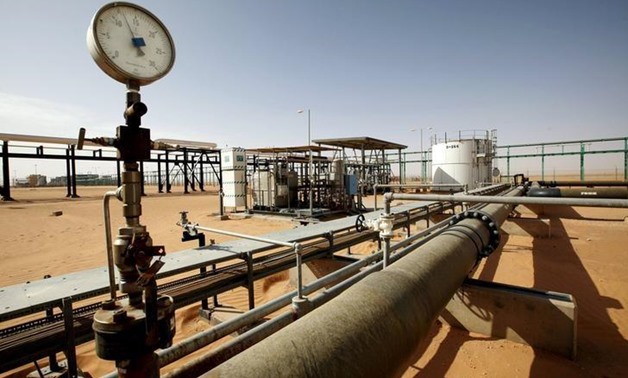
FILE PHOTO: A general view of the El Sharara oilfield, Libya December 3, 2014. REUTERS/Ismail Zitouny/File Photo
LONDON - 20 September 2018: Oil prices rose on Thursday after news of another drawdown in U.S. crude inventories and on signs that OPEC may not raise production enough to compensate for the loss of Iranian exports hit by U.S. sanctions.
Benchmark Brent crude LCOc1 was up 20 cents at $79.60 by 0740 GMT, its third day of gains. U.S. light crude oil CLc1 was 40 cents higher at $71.52 a barrel, after rising nearly 2 percent on Wednesday.
U.S. crude oil stockpiles fell for a fifth straight week to 3-1/2-year lows in the week to Sept. 14, while gasoline inventories also showed a larger-than-expected draw on unseasonably strong demand, the Energy Information Administration said on Wednesday. [EIA/S]
Crude inventories fell by 2.1 million barrels, compared with expectations for a decrease of 2.7 million barrels.
“The bulls are back in charge,” said Stephen Innes, head of trading for Asia-Pacific at brokerage OANDA.
U.S. sanctions on Iran’s oil exports come into force on Nov. 4 and many buyers have already scaled back Iranian purchases.
It is unclear how easily other producers such as Saudi Arabia, Iraq and Russia can compensate for lost supply.
The Organization of the Petroleum Exporting Countries and other producers including Russia meet on Sunday in Algeria to discuss how to allocate supply increases to offset the loss of Iranian barrels.
“The current market betting line suggests price levels rather than global supply levels will be the key determinant on turning on the oil taps,” Innes said.
OPEC sources have told Reuters no immediate action is planned and producers will discuss in Algeria how to share a previously agreed output increase.
Reuters reported two weeks ago that Saudi Arabia wanted oil to stay between $70 and $80 a barrel for now, as it sought a balance between maximizing revenue and keeping a lid on prices until U.S. congressional elections.
But on Tuesday, Bloomberg cited unnamed Saudi sources as saying the kingdom was comfortable with oil above $80 per barrel, at least for the short term, helping push prices higher.
Brent has been trading below the psychologically important $80 level for the last week but could now move higher, Reuters markets analyst Wang Tao said.
If Brent can break resistance at $79.68, it could climb towards $81.06 or even higher, he said, citing wave analysis on price charts.

Comments
Leave a Comment